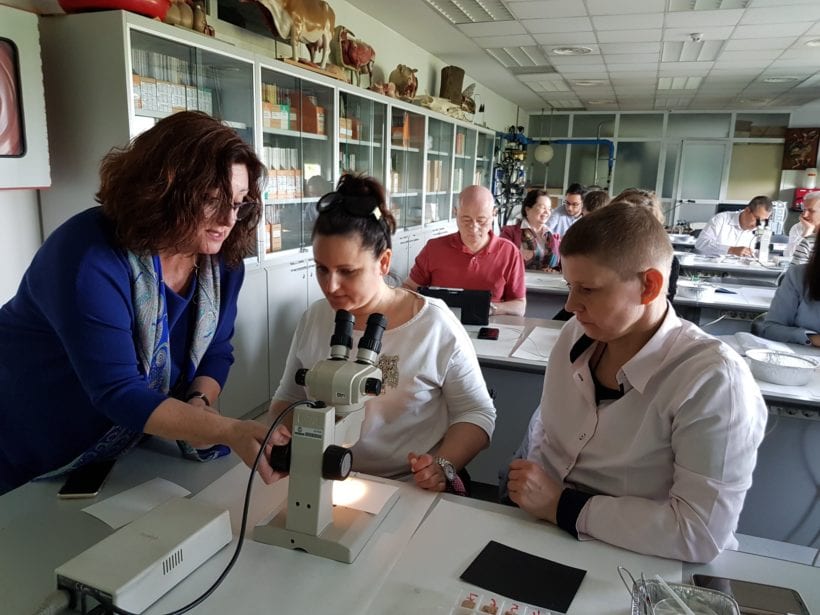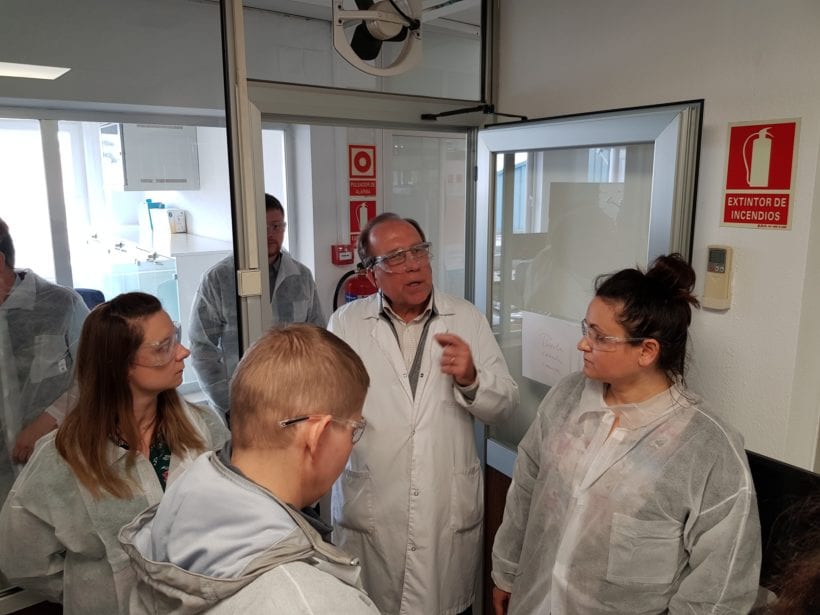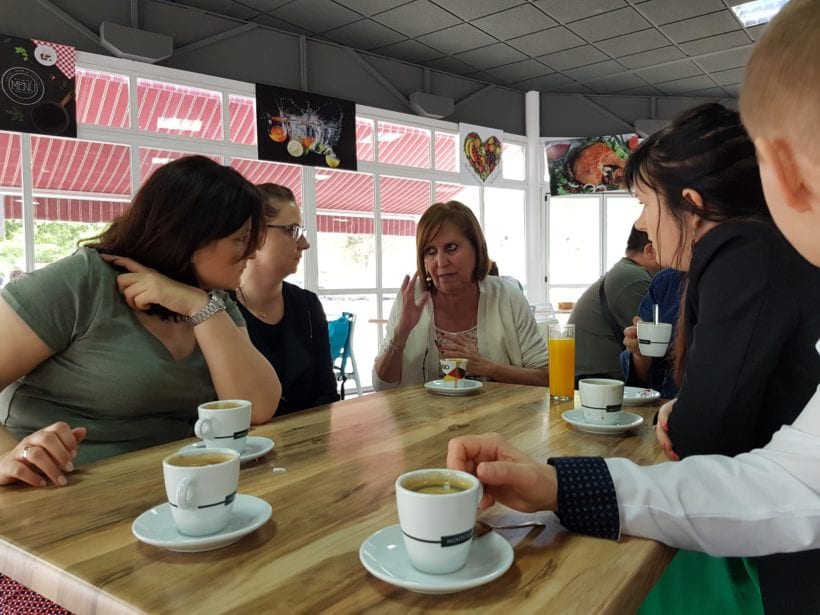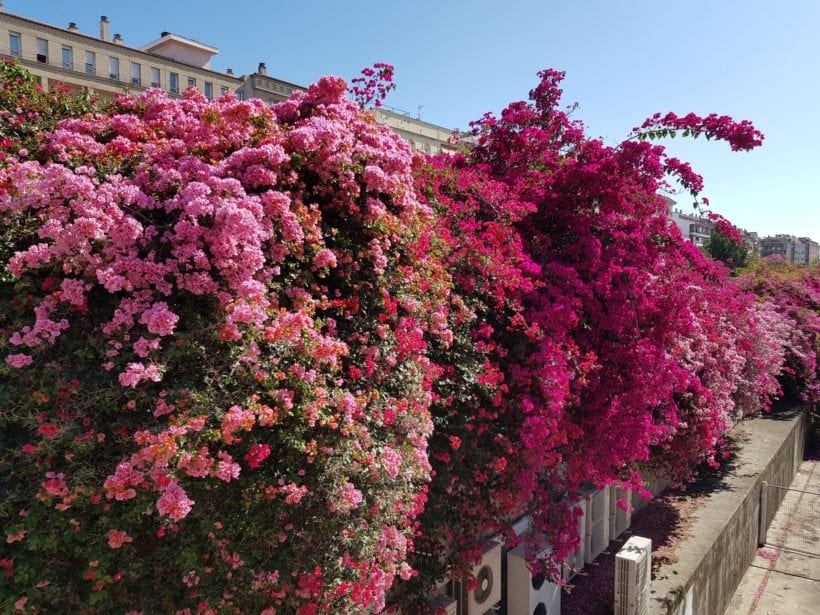Polish Feed Millers Improve Knowledge, Skills at Feed Microscopy, NIRS Technology Seminar
- Category:
- Animal Utilization
- General News
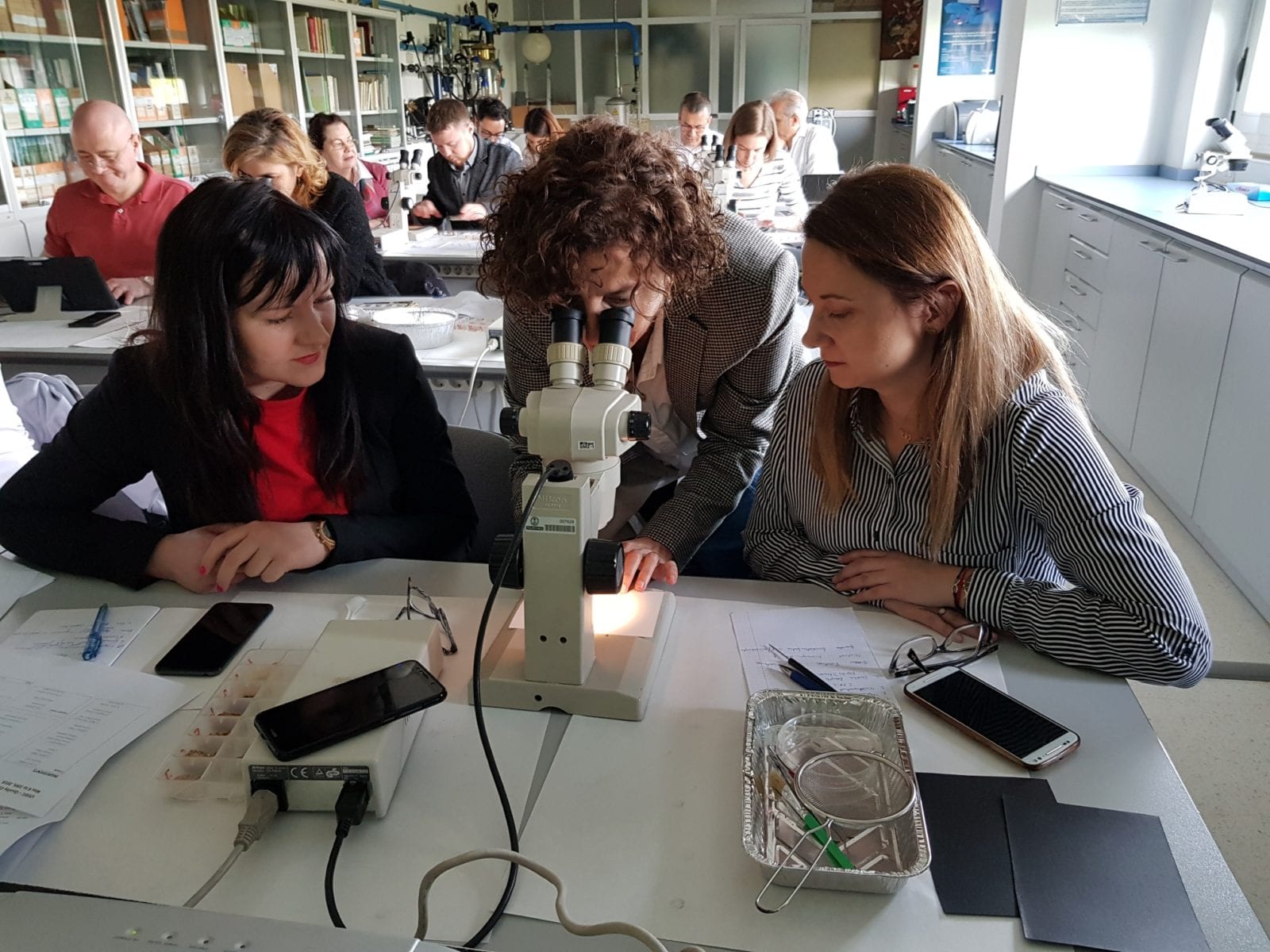
In May, USSEC brought a team of Polish quality control specialists representing key feed manufacturing companies to Spain who joined a larger group of European customers and spent a week attending an exclusive training course, “Quality Control of Ingredients and Compound Feeds: Use of Microscopy and NIRS Technology.”
The event was organized and carried out by Professor Gonzalo G. Mateos with the help of his colleagues operating as FEDNA and USSEC. The training course began at the Laboratory Zootecnia of the Universidad Politecnica de Madrid where Feed Microscopy & Quality Control classes were held. After a lecture by Professor Mateos that provided a wider introduction to feed ingredient and complete mixtures quality control, theoretical and practical classes were led by two experts from Universidad de Barcelona – Dr. Ana Barroeta and Dr. Roser Sala with the help of Dr. Paloma Garcia Rebollar, a local researcher. The students worked in twos using microscopes and learned how to recognize numerous cereal, protein-rich, roughages, animal byproducts, and mineral ingredients to evaluate the composition of feed mixtures.
A midweek visit to Cargill’s Quality Control Lab at Colmenar near Madrid allowed the students to learn how a leading commercial lab that serves Cargill and its customers in a few European countries deals with various quality issues and which testing methods and pieces of equipment they use. The Polish customers were impressed by the hospitality and openness of Cargill staff hosting them at the Colmenar lab center.
The second part of the training course was held in the city of Cordoba. The Universidad de Cordoba opened its premises to this international group of visitors and offered training in feed Near Infrared Technology (NIR). The classes were held under the guidance of Professors Ana Garrido-Varo and Lola Perez-Marin.
The NIR part of the course focused on various applications in animal feed and the technology itself. The trainees were shown all kinds of equipment and date utilization procedures as well as learning about what is coming in NIR in the future, such as the role of NIR in the massive sampling of bulk products and various other uses.
By the end of the training course, the Polish participants were exhausted but appreciative of the benefits provided. Mrs. Katarzyna Zarzeczna, Quality Control Lab Manager of Tasomix feed company in the western part of Poland, likely expressed the views of many Polish participants. “When I was leaving for the USSEC training in Spain, many of my colleagues congratulated me on leaving for a week of foreign holidays (!) They would not believe me when I tell them how intensive and rewarding the training truly was. The knowledge and skills I gained during that week will be very beneficial to my company’s quality assurance procedures.”
Jerzy W. Kosieradzki, USSEC Technical Director - Northeast Europe, later said that on behalf of the Polish team of customers, the USSEC field representatives who work daily with U.S. soy buyers extend thanks to Professor Mateos and all the trainers and support staff in Spain who organized and carried out the course and also to U.S. soy industry for making the event possible.



